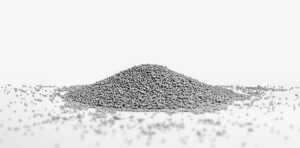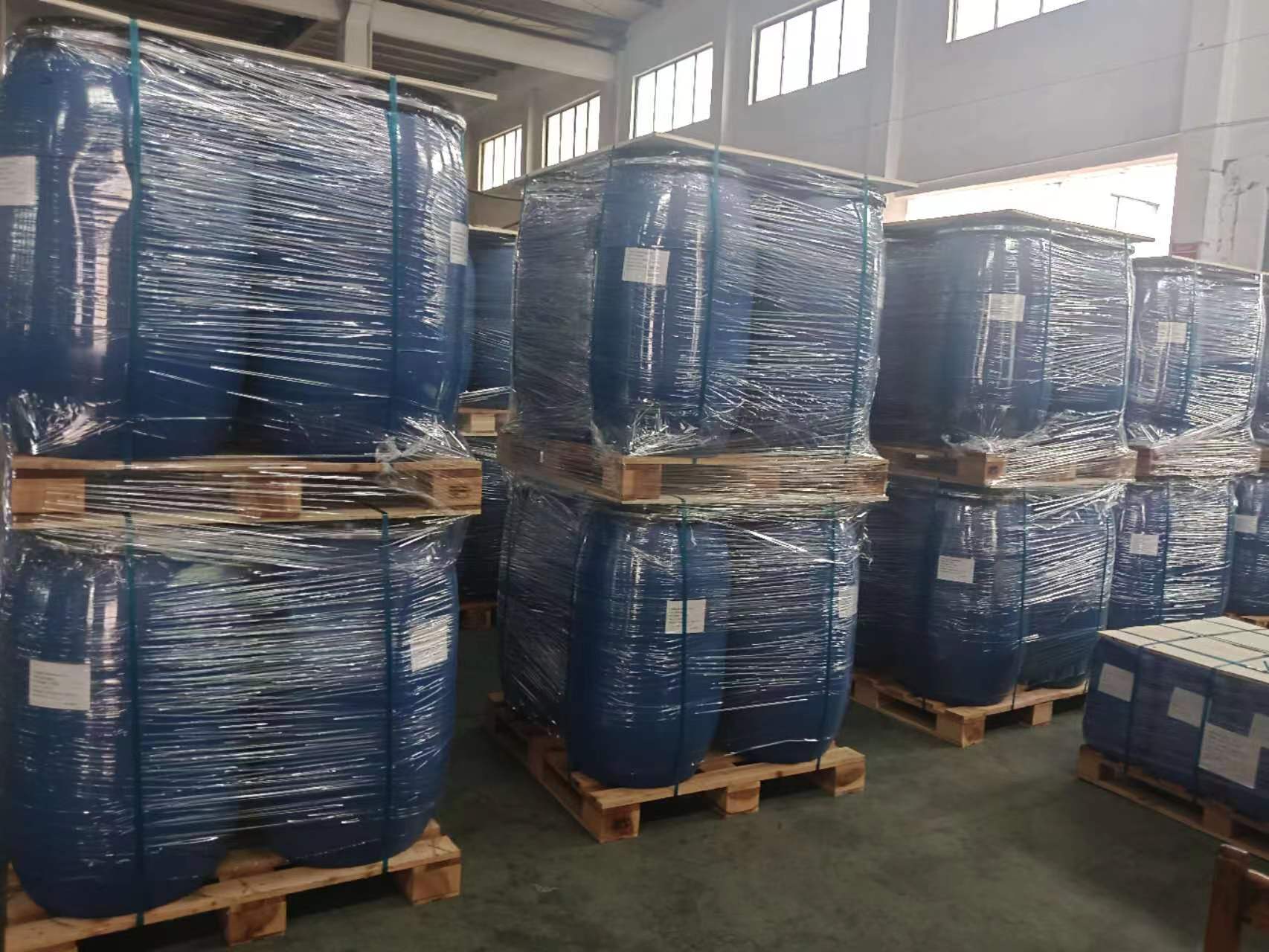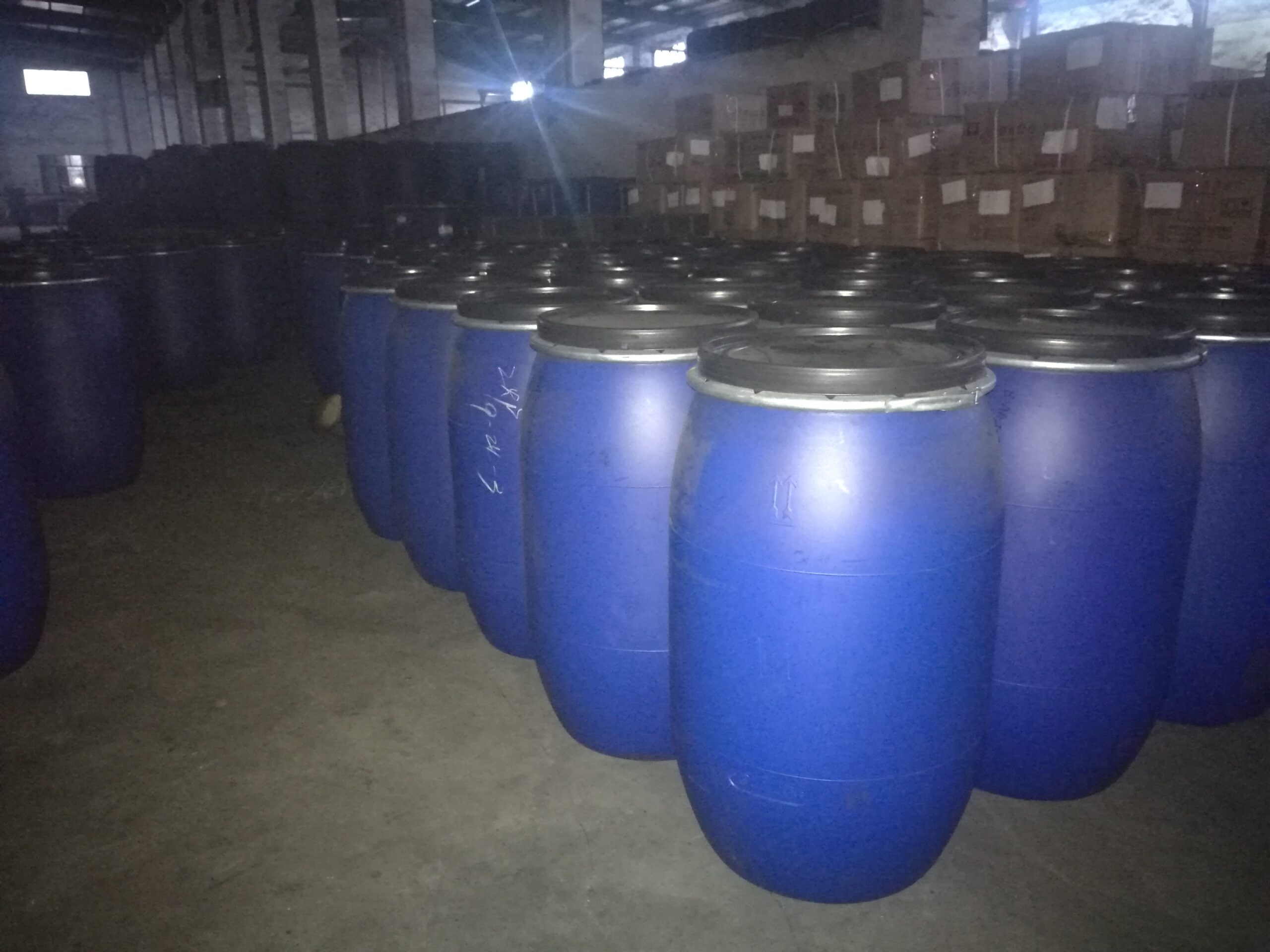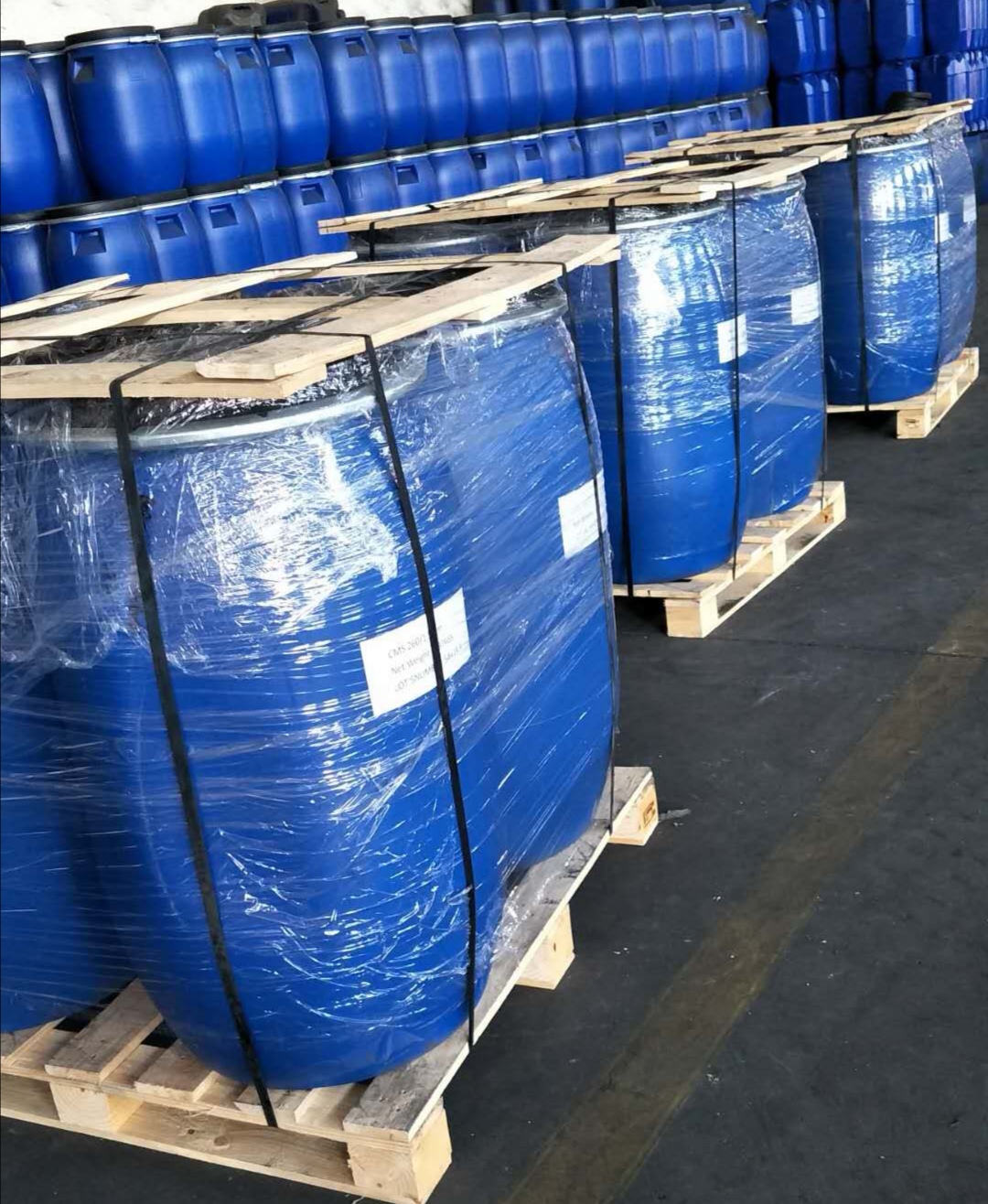What are the raw materials for carbon molecular sieves?
一、 Overview of Carbon Molecular Sieve Raw Materials
The raw materials for carbon molecular sieves mainly come from carbon-rich organic substances. Through a series of processing techniques such as carbonization and activation, these organic substances are ultimately transformed into carbon molecular sieves with specific pore sizes and high specific surface areas. Common raw materials for carbon molecular sieves include coal, wood, coconut shells, and certain polymer waste materials.
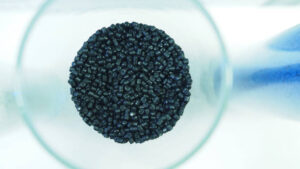
二、 Selection and Processing of Carbon Molecular Sieve Raw Materials
1. Coal as Raw Material for Carbon Molecular Sieve
Coal is a rich natural resource with a high carbon content and is one of the important raw materials for the production of carbon molecular sieves. In the process of preparing carbon molecular sieves from coal, the main steps include crushing, carbonization, and activation. Additionally, depending on the type of coal, pretreatment such as desulfurization and deashing may also be required. Coal-based carbon molecular sieves have high adsorption performance and mechanical strength, and are widely used in the fields of gas separation and purification.
2. Wood and coconut shells as raw materials for carbon molecular sieves
In addition to coal, wood and coconut shells are also commonly used raw materials for carbon molecular sieves. The organic components such as cellulose, hemicellulose and lignin in these materials can be transformed into carbon molecular sieves with rich pore structures during the carbonization and activation processes. Compared with coal-based carbon molecular sieves, carbon molecular sieves prepared from wood and coconut shells often have higher specific surface areas and better adsorption performance, and thus perform more prominently in certain specific applications.
3. Polymer waste as raw material for carbon molecular sieves
In recent years, with the enhancement of environmental awareness, the preparation of carbon molecular sieves from polymer waste has emerged as a new research direction. The carbon elements in these wastes can be transformed into carbon molecular sieves through high-temperature pyrolysis and other methods. This approach not only realizes the resource utilization of waste but also helps alleviate environmental pressure. However, this technology is still in the research stage and requires further optimization and improvement.
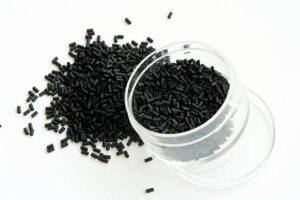
三、Conversion Process and Key Technologies of Carbon Molecular Sieve Raw Materials.
In the process from raw materials to carbon molecular sieves, key technical steps such as carbonization and activation play a crucial role. Carbonization refers to the thermal decomposition of raw materials at high temperatures to enrich the carbon content. Activation is the further processing of carbonized products through physical or chemical methods to form carbon molecular sieves with rich microporous structures and high specific surface areas. The optimization and control of these technical steps are of great significance for improving the performance of carbon molecular sieves and reducing costs.
In conclusion, the raw materials for carbon molecular sieves are widely available, including coal, wood, coconut shells and other carbon-rich organic substances. Through a series of processing techniques, these raw materials can be transformed into carbon molecular sieves with high specific surface area and excellent adsorption performance. With the continuous advancement of science and technology, the selection of raw materials and the preparation process of carbon molecular sieves are expected to be further expanded and optimized in the future, bringing more possibilities to fields such as environmental protection and energy utilization.
